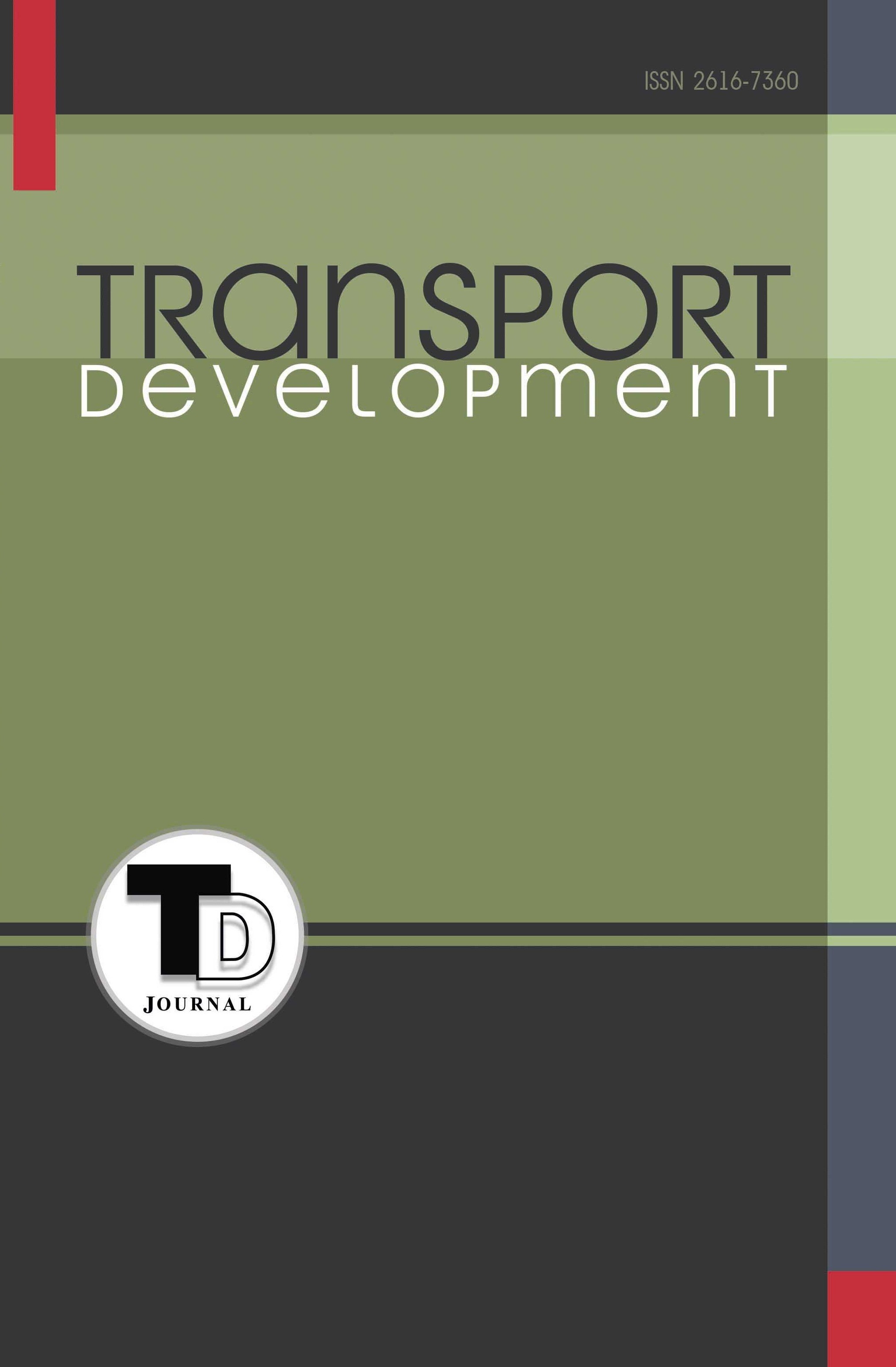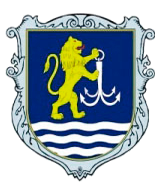ASSESSMENT OF THE DIMENSIONAL MODERNIZATION OF PASSENGER SHIPS BY THE CRITERION OF THEIR HULL STRENGTH
Abstract
Introduction. The world cruise market shows a confident growth. This encourages shipping companies to develop and implement strategies to increase the passenger capacity of the fleet, one of which is the modernization of existing ships. Modernization, which focuses on increasing the size – dimensional modernization, should be consistent with various models of ensuring the efficiency of ship operation: ship and shipping safety, functionality and economic efficiency. One of the main factors affecting the safety of the ship and shipping is ensuring the strength of the hull, to which the Classification Societies pay great attention. The leading classification societies of the world, which are members of the International Association of Classification Societies, have developed universal conditions for ensuring the longitudinal strength of the hull, to which the Register of Shipping of Ukraine has joined. One of the key factors that ensures these conditions is the length of the vessel. Determining the optimal length of the vessel and the size of the cylindrical insert is a big problem, the solution of which is the creation of a thorough mathematical model of the modernization of the vessel, which includes sub-models of the vessel's safety, its functionality and economic efficiency. This mathematical model has a target function expressed by indicators of economic efficiency, all other sub-models provide limitations to this function. One of these limitations is the maximum length that is allowed based on the criteria of the strength of the case. Taking into account the influence of force factors that change as a result of elongation, this task is quite difficult. In the work, a study is conducted on determining the maximum permissible length of the vessel during its lengthening, taking into account the influence of force factors, which also depend on the increase in length. Conclusions. An algorithm was obtained for determining the maximum length of the ship, which is provided by the actual moment of resistance of the ship's hull or the increased moment of resistance due to the permissible strengthening of the structure in the area of the middle frame; the regularities of changes in relative bending moments and relative shearing forces during deflection and buckling of the hull are determined.
Downloads
References
2. Det Norske Veritas AS (DNV) (2023). Rules for classification of ships. Hull structural design – Ships with length 100 metres and above. Det Norske Veritas AS (DNV). Part 3 chapter 1. URL: http://www.dnvgl.com (дата звернення 01.12.2023)
3. Germanisher Lloyd (1993). Classification and construction rules. Marine engineering. Part 1. Sea vessels. Hull. Hamburg.
4. American Bureau of Shipping (2014). Rules for building and classing. Steel vessels. Part 3. Hull construction and equipment. Houston.
5. Italian Naval Register (RINA) (2019). Rules for the Classificationof Ships. Part B. Hull and Stability. Genova .
6. Nippon Kaiji Kyokai (2023): Rules For Survey and Construction Of Steel Ships. Part C.
7. Korean Register (2022). Rules for the Classification of Steel Ships. Part 3. Hull Structures. BUSAN.
8. China classification society (2020). Rules for the Classificationof Ships. Part 3.
9. Bureau veritas (2019). Rules for the Classification of Steel Ships. PART B – Hull and Stability.
10. Lloyd's Register (2020). Rules and Regulations for the Classification of Ships.
11. Yasuhisa Okumoto, Yu Takeda, Masaki Mano, Tetsuo Okada. (2009). Design of ship hull structures. Sptringler-Verland Berlin Heidelberg.
12. Richard G.B. and Keith J.B. (2011). Shigley’s Mechanical Engineering Design, 9th edition, New York: McGraw Hill.
13. Шумило О.М. (2022). Визначення оптимальних розмірів подовження пасажирських суден при їх модернізації. Розвиток транспорту. 1 (12), 89-104.
14. 14 Tanaka, Y.; Ogawa, H.; Tatsumi, A.; Fujikubo, M. (2015). Analysis Method of Ultimate Hull Girder Strength under Combined Loads. Ships Offshore Struct. 10, 587–598.
15. Shumylo, O. (2023). Дослідження впливу розмірної модернізації на геометричні характеристики пасажирського судна. Розвиток транспорту, (2(17), 75-89. https://doi.org/10.33082/td.2023.2-17.07
16. Shumylo, O. (2022). Оптимізація розмірної модернізації пасажирських суден з урахуванням енергоефективності. Розвиток транспорту, 4(15), 58-77. Retrieved із https://journals.onmu.in.ua/index.php/journal/article/view/191.
17. Andreas, I. (2010). Ultimate Longitudinal Strength of Corroded and Damaged Bulk Carriers. Doctorate Thesis, “Dunarea de Jos” University of Galati, Galati.
18. World Journal of Engineering and Technology Vol.03 No.04(2015), Article ID:61617,20 pages 10.4236/wjet.2015.34029.





